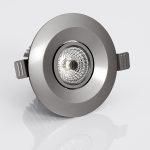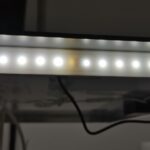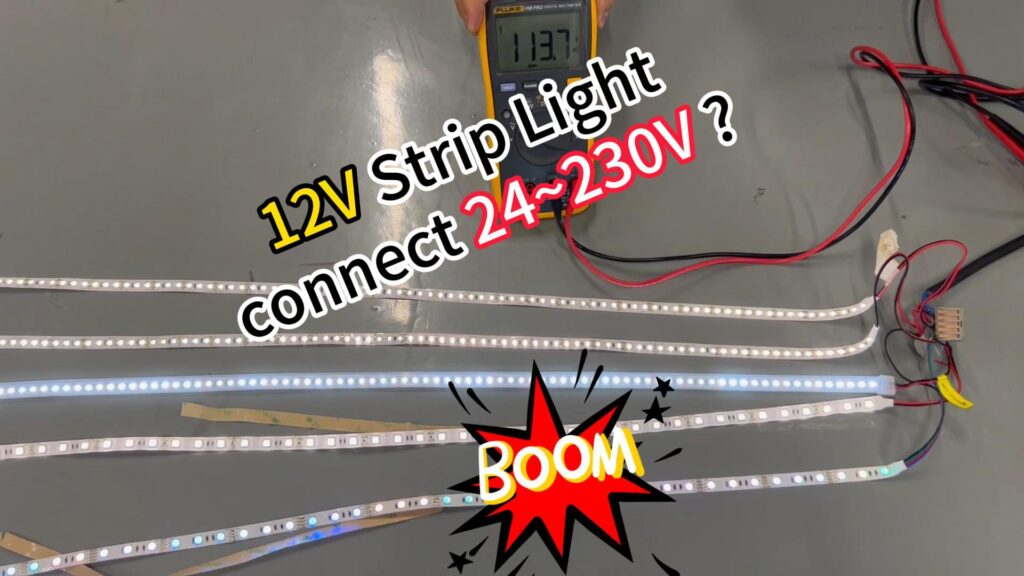In life, there are always some unexpected things that happen. For example, during the DIY at home, or even during the installation by professional workers, people connect the low voltage strip lights to the higher voltage. So, what will happen in this case? To answer this question well, we did this test: connect several different types of 12v led strip light to 12v,24v,110v, and 230v.
Guess, what will happen?
Actually, before the testing, I thought there would also be the following options. No others will happen.😊
A. 12V: All work well
B. 24V: All burn
C. 24V: Some work, some flicking, some burn.
D. 110V: All burn
E: 230v: All burn
Let’s start the crazy testing of the 12v led strip light
Let’s immerse ourselves in this thrilling process by watching a video. ↓
Summary
- The results are big different from my thoughts.
- All 12v LED strip lights performed the same under different voltages, although they used different designs, IC, and LED chips.
- All the samples flicked slowly under 24v, and they can work well after being reconnected to 12V.
- All the samples flicked quickly with a few LED Chips dead under 110v, but none of them exploded under 110v(This is totally out of my thoughts).
- All the samples exploded immediately after being connected to 220~230V
Really Interesting!
Why did we do this crazy testing?
Recently, a UK friend asked me: Hank, what will happen if the low voltage strip lights connect to high voltage?
I think this is a very interesting question, so we do this testing to find the results.
As a Lighting test lab, we have many strip light samples, that are waiting to be thrown into the garbage dump, I am so happy we can use them to do this meaningful work.
If you also have some crazy questions regarding LED Lighting testing, quality, or suppliers, please feel free to let me know, I will try to answer you.
My Email is :[email protected]
Related posts:
 9 Secrets that Help You Find Quality LED Downlights and Manufacturers
9 Secrets that Help You Find Quality LED Downlights and Manufacturers
 Top 6 lighting quality issues from the factories
Top 6 lighting quality issues from the factories
 Why do we test LED High Bay light in a strange way?
Why do we test LED High Bay light in a strange way?
 Recommend this LED factory to clients with stringent quality requirements,why?
Recommend this LED factory to clients with stringent quality requirements,why?
 How to work with Chinese suppliers? An Insider Perspective
How to work with Chinese suppliers? An Insider Perspective
 Amazon must clean its solar street lights, NOW!
Amazon must clean its solar street lights, NOW!

